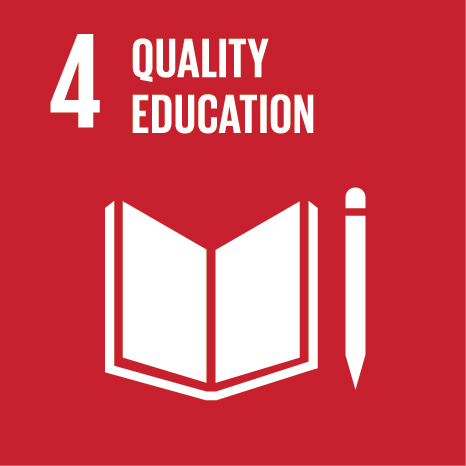Ciência_Iscte
Publications
Publication Detailed Description
Condom use beliefs differ according to regulatory focus: A mixed-methods study in Portugal and Spain
Journal Title
Journal of Sex Research
Year (definitive publication)
2024
Language
English
Country
United Kingdom
More Information
Web of Science®
Scopus
Google Scholar
This publication is not indexed in Overton
Abstract
Reports worldwide have been showing increasing rates of sexually transmitted infections (STIs) and condomless sex in recent years. Research has identified several individual and situational variables that can determine the decision to use condoms or forgo their use. We argue that such a decision can also be shaped by motives related to pleasure and safety (i.e., regulatory focus in sexuality). Using open-ended questions, we asked 742 Portuguese and Spanish adults to indicate situations and reasons that could inform the decision-making process with casual partners and the functions/attributes related to condoms. Using thematic analyses, we coded the drivers of condomless sex and condom use into themes and subthemes, and computed their frequencies. Using quantitative measures, we also asked participants to indicate their condom use expectancies and perceived barriers. Comparing participants according to regulatory focus revealed some differences. Pleasure promotion participants were more likely to consider that condom use decision-making is driven by unexpectedness, pleasure, and intimacy pursuit, attached more pleasure reduction functions to condoms, expected more negative outcomes in condom use, and endorsed more sensation and partner barriers in condom use. In contrast, disease prevention participants were more likely to consider that condom use decision-making is driven by adequate sexual education, responsibility, and behavioral control, and attached more health-protective functions to condoms. These differences can inform the development of tailored intervention and awareness campaigns aimed at helping people to use condoms more consistently with casual partners and avoid behaviors that put them at risk of STI transmission.
Acknowledgements
--
Keywords
Regulatory focus,Pleasure promotion,Disease prevention,Sexual behavior,Condoms,STI
Fields of Science and Technology Classification
- Psychology - Social Sciences
Funding Records
| Funding Reference | Funding Entity |
|---|---|
| LCF/PR/SR20/52550001 | “La Caixa” Foundation |
| 2020.00523.CEECIND | Fundação para a Ciência e a Tecnologia |
Related Projects
This publication is an output of the following project(s):
Related Research Data Records
This publication is associated with the following research data record(s):
Contributions to the Sustainable Development Goals of the United Nations
With the objective to increase the research activity directed towards the achievement of the United Nations 2030 Sustainable Development Goals, the possibility of associating scientific publications with the Sustainable Development Goals is now available in Ciência_Iscte. These are the Sustainable Development Goals identified by the author(s) for this publication. For more detailed information on the Sustainable Development Goals, click here.

 Português
Português



